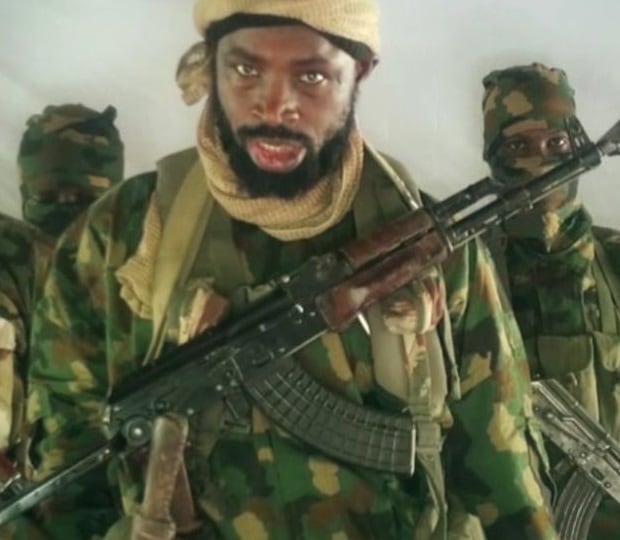The likely death of the notorious head of Boko Haram, Abubakar Shekau, in a brutal fight for territory in the forests of northeast Nigeria on Wednesday is, on the surface, welcome news. Shekau’s stronghold has been destroyed and many of his fighters are likely on the run. But on a strategic level, the Boko Haram chief’s elimination may not have filliped the fight against global Jihad. On the contrary, the exit of the terror icon may have only strengthened a bigger and deadlier foe– the Islamic State (IS).
In the gunfight in which Shekau was apparently slain, the Islamic State in West Africa Province (Iswap) was the victor. Mobile columns of the Iswap fighters had travelled from their strongholds along Lake Chad, and cornered Shekau at his base in the Sambisa forest. What happened thereafter is a matter of controversy.
Also Read: Notorious Boko Haram terror chief Abubakar Shekau dies amid bitter power struggle
According to the Nigerian news website HumAngle, after his bodyguards were killed or captured, Shekau surrendered, and tried to cut a deal with Iswap. But after he was asked to issue a humiliating surrender statement, Shekau blew himself up, detonating a suicide vest that he was wearing. All people present during the negotiations were also instantly killed.
However, the AFP news agency reported that when Shekau reached the point of no return, after being surrounded by Iswap fighters, he shot himself in the chest and fell on the ground. While he was bleeding profusely, he was whisked away to an unknown destination by some of his surviving loyal fighters. Nigeria’s Vanguard News says that most of Shekau’s rival fighters were aged between 12 and 30. “They are actually children of some Iswap members killed over time,” one of the sources who was quoted said.
For Iswap the final battle with Boko Haram in its lair is a turning point, paving the way to its unrivalled leadership in Nigeria, and probably beyond. The group was already on a high having vanquished in 2018, the Al Qaeda which was once the dominant force in the Sahel—the area between Sahara to the north and the Sudanian savanna to the south.
The rise of Iswap can partly be attributed to Boko Haram’s excesses. Under Shekau, Boko Haram used children and women as suicide bombers. Some Iswap pioneers consequently broke away from Boko Haram to start their own outfit. The weakening of Boko Haram on account of joint operations mounted in 2015 by the armed forces of Nigeria, Cameroun, Chad and Niger further encouraged defections into the emerging new outfit.
Over time, Iswap developed its moles inside Boko Haram. Local media reports say that information provided by these insiders helped to green-light the final assault by Iswap on the Boko Haram base.
With the expected capture of Boko Haram’s armoury, Iswap is likely to have further beefed up its military muscle. A psychological threshold may have also been crossed. Iswap’s image as a group, on the rise, is now expected to attract more Jihadi fighters into its tent.
Considering the big picture, the Islamic State’s profile may now be covering an arc starting from northeast Nigeria, weaving through strongholds in Chad, all the way to Libya in the north, covering thousands of miles. IS affiliates are also making their presence felt in East Africa, especially in the resource rich areas of northern Mozambique. The question that does arise is that after their exit from Syria and Iraq, is the IS now regrouping and eyeing Africa as its consolation prize? Once armed with its vast resources, is the dream of establishing a new Caliphate still alive?




















